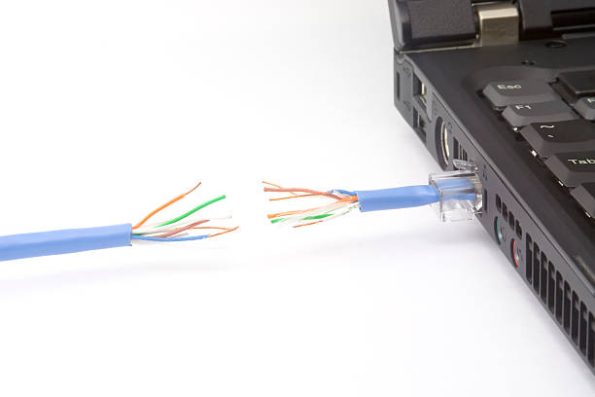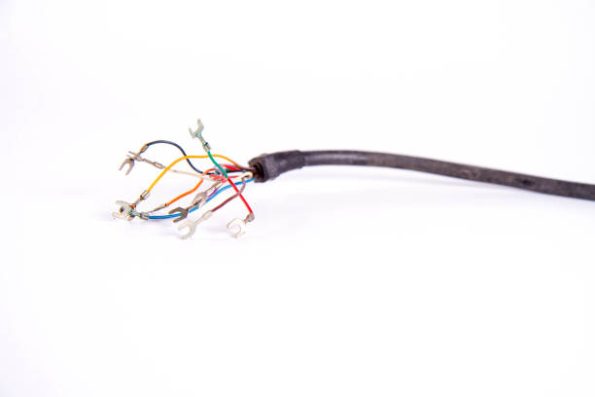Fiber loss, also known as fiber optic attenuation or attenuation loss, is a critical parameter that quantifies the reduction in light intensity as it travels through a fiber optic cable. This phenomenon is influenced by a multitude of factors, including material absorption, bending effects, and connector imperfections.

Types of Optical Fiber Loss
Optical fiber loss are broadly classified into two categories based on their causes: intrinsic and extrinsic. Intrinsic losses are inherent to the fiber’s material and structure, encompassing absorption, dispersion, and scattering losses due to structural defects. Extrinsic loss, on the other hand, arise from external factors such as splicing, connectors, and bending.
Intrinsic Optical Fiber Loss
Absorption Losses: These are the primary contributors to fiber loss, occurring when photons interact with the glass’s components, leading to energy transfer into heat due to molecular resonance and wavelength impurities.
Dispersion Losses: These losses occur due to signal distortion as light travels through the fiber. Dispersion can be intermodal, affecting multimode fibers by causing pulse broadening due to propagation delay differences, or intramodal, affecting single-mode fibers where pulse spreading occurs due to variations in the refractive index or propagation constant with wavelength.
Scattering Losses: These are attributed to microscopic material variations, compositional fluctuations, structural inhomogeneities, and manufacturing defects that cause light to scatter.

Extrinsic Optical Fiber Loss
Splicing Losses: Although the goal of splicing is to join fibers with minimal light loss, some degree of loss is inevitable. For multimode fibers, fusion splicing losses typically range from 0.1 to 0.5 dB, with 0.3 dB being an average value. For single-mode fibers, the typical loss is less than 0.05 dB.
Connector Losses: Also known as insertion losses, these occur when a device is inserted into a transmission line, causing light power loss. Multimode connectors typically have losses of 0.2 to 0.5 dB, while factory-made single-mode connectors have losses of 0.1 to 0.2 dB. Field-terminated single-mode connectors may have higher losses, up to 0.5 to 1.0 dB.
Bending Losses: Improper handling of fiber optics can lead to bending, which is categorized into microbending and macrobending. Macrobending refers to significant bends in the fiber with a radius of more than 2mm.
Calculating Losses in Optical Fiber
Calculating the maximum signal loss across a fiber link is essential during optical cable installation. The total link loss is calculated using the following formula:
It’s important to note that these calculations provide an estimate based on the potential values of component losses, and actual losses may vary due to various factors.










